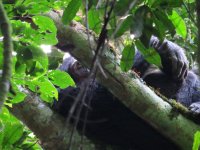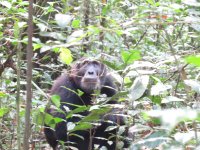HermitIbis
Well-known member
Phantastic photo, congrats! I just wished we had so attractive birds here.Hi Guys,
It has been sometime since reading this ongoing amazing thread on the SX50.
I am getting a lot of raptors flying over our field recently.
One culprit eating a Collared dove attached.
I have been seeing some great flight shots on the thread over time.
Can anyone give me the best settings for BIF with the Sx50.
CrazyFingers Hermit ibis ???
Birds in flight: I assume you use crazyfinger's standard settings. For mid-sized birds in flight you often have only 3-4 seconds to prepare - not much time. I'd recommend to use the "frame assist" button - pressing it is just a second and takes you from 215mm to a focal length where it is easier to keep the bird in focus.
You might also look at my setting "C1" on page 85 (posts 2107 and 2109). There I give an example how to get an ID shot of a swallow: you start with C1 (focal length 172mm), press the frame assist --> 42mm. That won't result in a "good" photo of the swallow, but good enough for ID. At least you'll have a fighting chance to get small birds in flight with the SX50.
Finally, you can always try the "high speed burst" / sports mode of ten shots within 1 second. For example, on page 85 check out the crow/buzzard (#2117). This burst mode offers 1/1000 second, sufficient in many situations. It remains one of the best options for BIF shooting with the SX50. - Good luck.
PS. I forgot to say: for a dark bird flying in bright sky you'd better dial in exposure compensation of -1.00.
Last edited:






